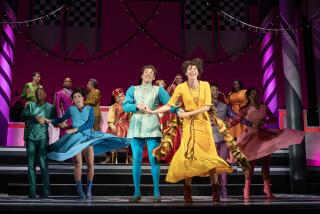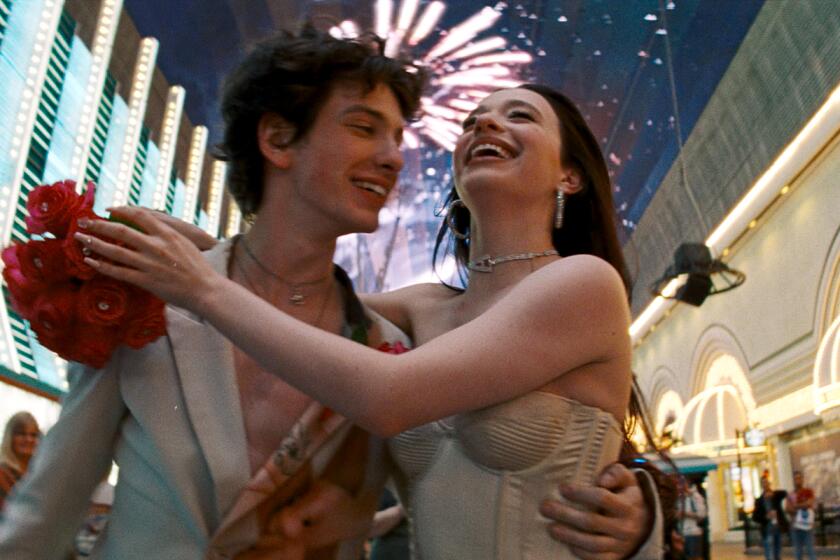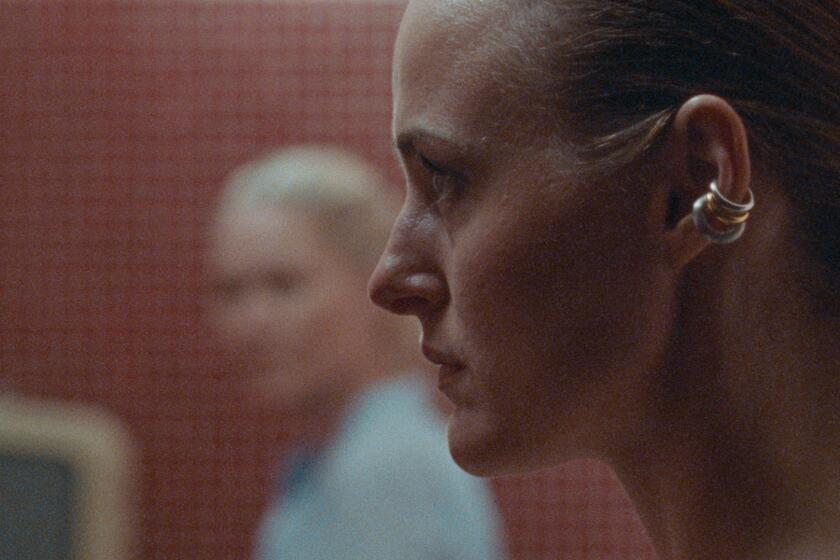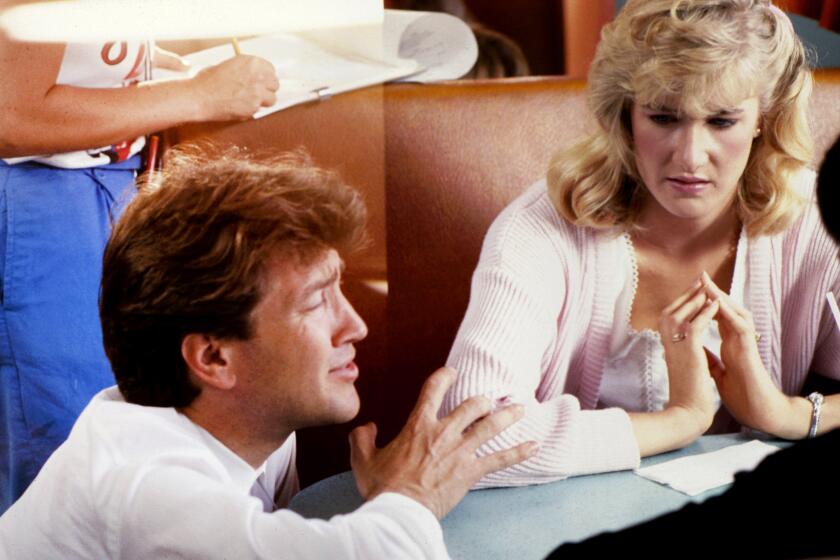DREAM COME TRUE
- Share via
My 4 1/2-year-old daughter is eagerly waiting the broadcast of “Cinderella” (“If the Slipper Fits . . . ,” by Laurie Winer, Aug. 24). At last, a brown-skinned princess for her to fantasize about and pretend to be.
As an African American woman, I have found it a frustrating chore to regularly inoculate my little girl from the disregard of her people by the Disney-type feature fairy tales (“Hercules” excluded; it’s a small step in the right direction). I try to get across to her that our people and other people of color are just as attractive and important and worthy of carrying a fantasy story on their own as Caucasian people, but that the people who made these movies didn’t know better.
She is luckier than I was as a child as far as “seeing herself” in the media goes, due to such efforts as Robert Guillaume’s “Happily Ever After” animated project designed to racially diversify fairy-tale classics, and this revamped “Cinderella” musical.
Upon her request, I have cut out the picture of Brandy as Cinderella and pasted it on cardboard (so as not to reveal the perforated images of Bonnie and Clyde on the back side), which she slept with Sunday night.
CECILE ANDERSON
Pasadena
*
I was disappointed that another charming and, yes, wonderful musical version of the Cinderella story was not mentioned.
“Cindy,” a 1978 made-for-TV film, was directed by William A. Graham with an African American cast that included Nell Carter, Clifton Davis, Cleavant Derricks and Noble Willingham. The story was almost traditional Cinderella, but the setting was Harlem during the Second World War, the music gospel- and jazz-based, and the performances truly memorable.
BILL O’NEILL
Irvine
More to Read
Only good movies
Get the Indie Focus newsletter, Mark Olsen's weekly guide to the world of cinema.
You may occasionally receive promotional content from the Los Angeles Times.










